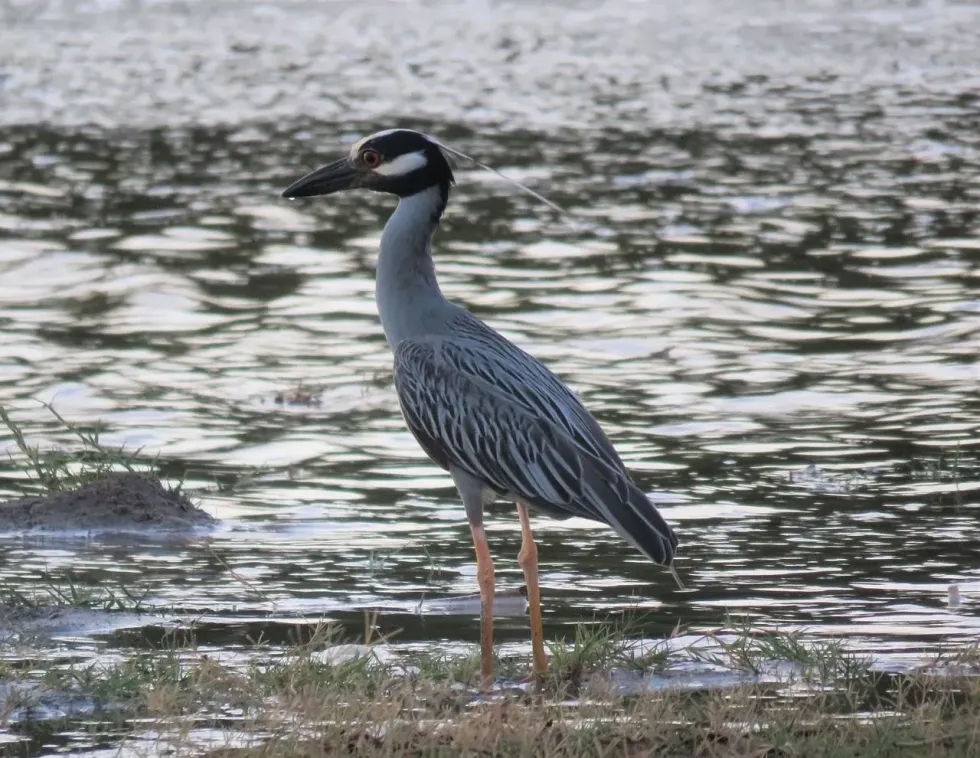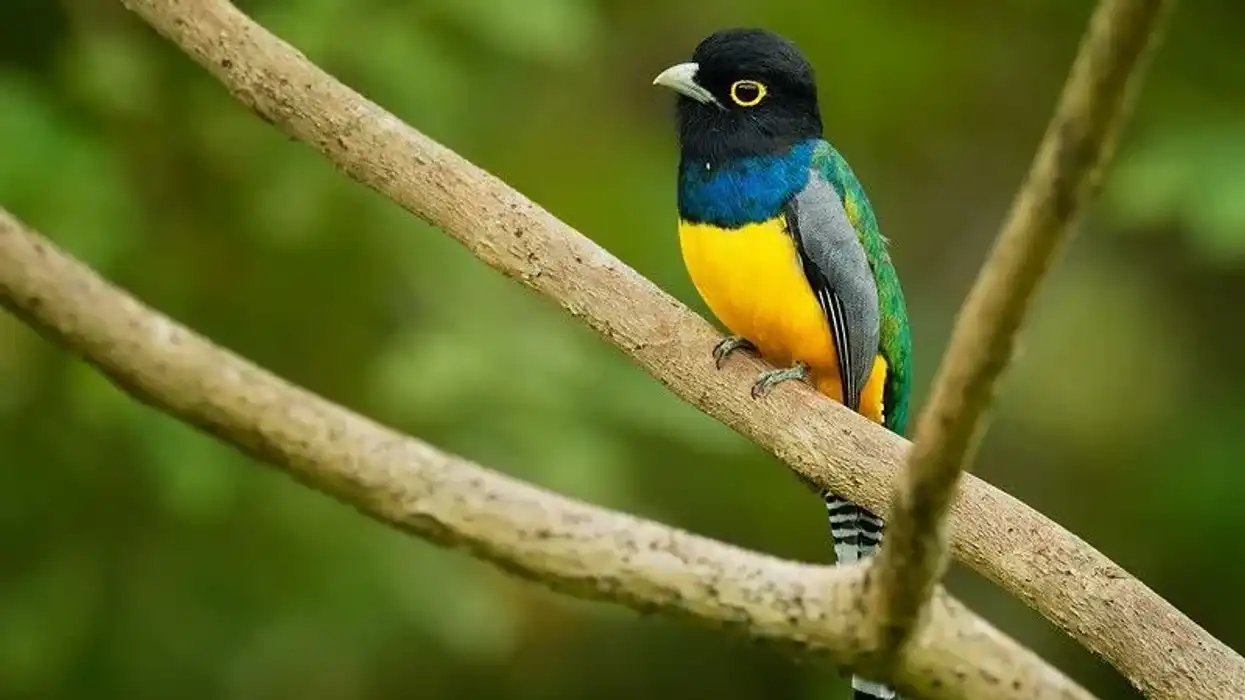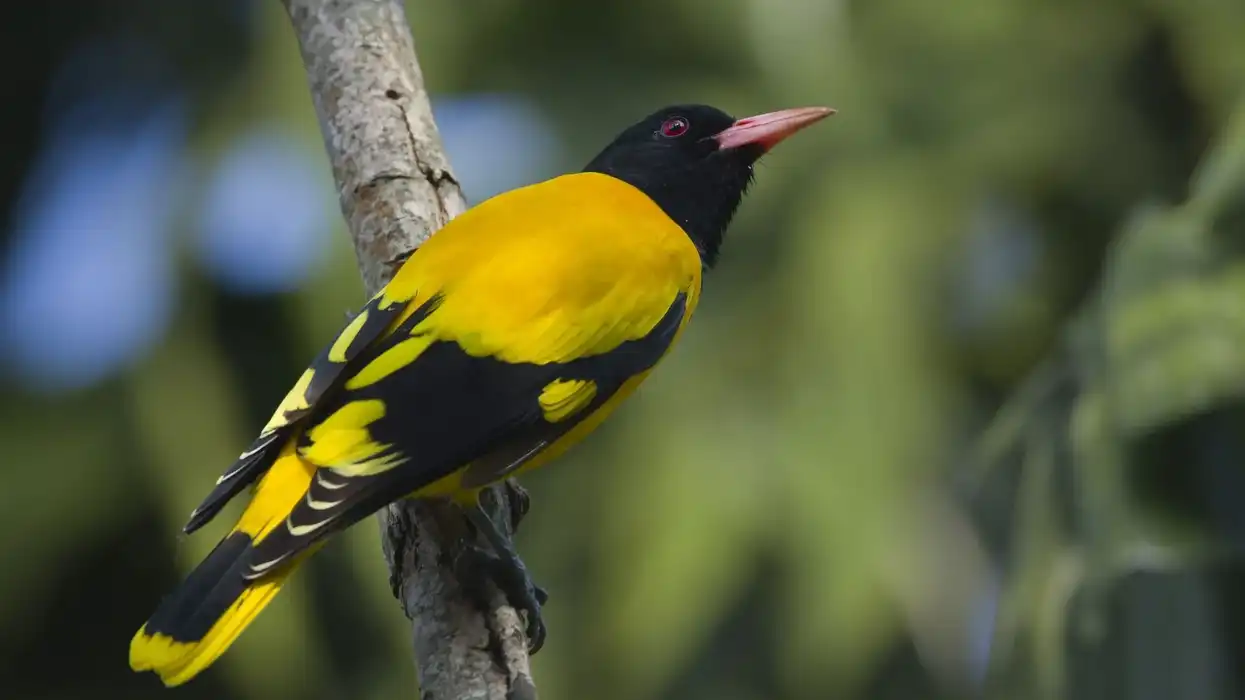There are a total of three types of heron, the typical heron, the night heron, and the tiger heron. The yellow-crowned night herons are one of the two-night herons found in North America.
As the name suggests, these birds are nocturnal in nature and feed at night. A total of six subspecies of the yellow night herons have been recorded, with varying physical descriptions.
This North American bird expanded its region in the early to mid-20th century. While its migratory trends are not very clear, it is known that they fly to South America.
They feed heavily on crustaceans because of which their breeding season is synchronized with their availability. Therefore environmental temperatures play an important role in their survival rates. A lot of the details on this bird are insufficient and require research studies. Such as its survival rates, migratory patterns, and subspecies characterization.
Read on to know about the details such as its communication patterns, differences with the black-head heron, and the report on the bird by the Audubon Society. You could also check out the green heron and the house finch.
Yellow-Crowned Night Heron Interesting Facts
What type of animal is a Yellow-Crowned Night Heron?
A yellow-crowned night heron is a nocturnal bird.
What class of animal does a Yellow-Crowned Night Heron belong to?
They belong to the class Aves.
How many Yellow-Crowned Night Herons are there in the world?
While there is no precise estimate regarding their current population, there are plenty of birds of this species across North and South America. An exact estimate is difficult because it is often difficult to spot their nesting areas.
Where does a Yellow-Crowned Night Heron live?
These are primarily North American birds but are also found in certain countries in South America. Certain subspecies are known to migrate, during March and April, to Brazil, the West Indies, Mexico, Bermuda, and Ecuador.
What is a Yellow-Crowned Night Heron's habitat?
Suitable habitats comprise wetlands, marshes, swamps, and mangrove forests. Given their food habits, they are limited to areas adjacent to water. They are also known to nest in coastal regions and tend to hunt in shallow water. Particular breeding ranges change according to the substrate.
For example, in forested areas, they build their nest on a variety of tree species. Near coastal areas, they usually nest on shrubs. They tend to prefer weather that allows crab activity. Winter and rainy seasons might, at times, delay breeding.
Who do Yellow-Crowned Night Herons live with?
These birds tend to live in groups and nest together. However, if compared to other coastal birds, the group's size is much smaller. It is known that they nest along with other species.
How long does a Yellow-Crowned Night Heron live?
There is no sufficient data on the lifespan of the yellow-crowned night herons. Records from Mexico show that the longest-known bird to have survived lived for six years.
How do they reproduce?
Yellow-crowned night herons are known to be monogamous and they form pairs after reaching the breeding grounds. The birds nest alone or in small groups. The breeding range is selected after taking the availability of water into account. Both males and females tend to contribute towards building the nest, where the females lay pale blue-green eggs.
The average clutch size is between two and six eggs. The incubation period lasts for 25 days. Both parents take turns brooding.
The young chicks are quite dependent on the parents after birth who feed the chicks at regular intervals. While the young cannot recognize their parents, the parents do recognize their young. After developing wings and feathers, the juveniles are ready to fledge.
This development occurs after 35 days. They complete their development by the time they leave their nest. These juvenile birds are most sighted during the breeding season.
What is their conservation status?
The International Union for Conservation of Nature Red List has deemed this bird's status as of Least Concern. However, some areas in North America, such as Indiana and Kentucky, have been flagged because of a dwindling population. Usually, standards to protect this species are subsumed under wetland conservation projects.
Fun Facts about the Yellow-Crowned Night Heron
What do Yellow-Crowned Night Herons look like?

While there are six recorded subspecies for this bird, this description would be covering the North American species, scientifically named violacea. These birds are stocky and dark-bodied with a comparatively larger bill than other herons.
They have dense necks, blocky heads, and slim legs of yellow hue. During the breeding/courtship season, the color of their legs tends to change to pink or darker shades of red. The adult plumage is gray, with the wings covered in black and white feathers.
Their cheeks are marked with black and white stripes with the distinctive yellow plumage on the head. Juveniles tend to have brown feathers and white spots all over their body.
How cute are they?
Adult yellow-crowned night herons are quite beautiful with their gray-purple feathers and discrete yellow plumes. With age, they tend to acquire more colors. However, they are very deft at hunting and are quite strong, given that they mostly feed on crustaceans, with heavy exoskeletons. So, it's a little difficult to characterize them as cute.
How do they communicate?
Birds tend to have different bird calls for different occasions. The yellow heron too has many such bird calls.
The young ones give calls for food, which can be described as the rattling of marbles. Earlier expeditions to study the bird showed that there are more than six different types of yellow-crowned night heron call. The scaup call can be heard throughout the year and signifies that the birds were disturbed.
Some other calls are reserved for nesting and breeding season. They may direct aggression or territorial behavior towards intruders in the form of squawk calls, snapped bills, and sticking their heads.
How big is a Yellow-Crowned Night Heron?
Yellow-crowned night herons are stocky, small birds. Their total length is approximately 21-27 in but they have a much larger wingspan spanning 40-44 in. The juveniles are relatively smaller in size than the adults. If compared to the great egret, another type of heron, the yellow-crown are almost two times smaller.
How fast can a Yellow-Crowned Night Heron fly?
These birds have a striking wingspan of approximately four feet or 40-44 in. Like other heron species, they fly slowly with occasional but strong wingbeats. They can be seen gliding over the water bodies. While there is no definite estimate on their speed, they tend to fly slower than black-crowned night herons who fly at approximately 20mph (34 kph).
How much does a Yellow-Crowned Night Heron weigh?
The average weight estimate for this bird is 1.4-1.8 lb.
What are the male and female names of the species?
No specific names have been given to the male and female members of this species. The only distinguishing feature is that the females tend to be smaller in size as compared to the males of the species.
What would you call a baby Yellow-Crowned Night Heron?
Yellow-crowned night hatchlings are called chicks. After an incubation period of 20-25 days, the chicks stay with the parents in the nest, as they are completely dependent on them. They start fledging after 30 days and can fly into independence usually after 50 days. The immature yellow-crowned night heron is usually smaller than adult birds.
What do they eat?
Yellow-crowned night herons are known to feed on crustaceans. Crustaceans are anthropods with a hard exterior and are mainly found near water. Herons prey on different types of crabs such as ghost crab, blue crab, rock crab, and crayfish. They are also known to hunt worms and other small creatures such as centipedes, leeches, scorpions, and frogs.
These birds prey in a very particular fashion, foraging close to the ground with an arched posture. They use their bills to strike at their prey.
Are they dangerous?
While they don't particularly pose any threat to the human species, they are well placed on the food chain. Meaning, they are very strong predators who can easily feed on aquatic animals.
Would they make a good pet?
Yellow-crowned night herons are predators and mostly live in wetlands and wet fields. They will most definitely not make good pets. They belong to the wild.
Did you know...
These birds are often confused with the black-crowned night herons. The major difference between the two is the white-colored crown and the entirely gray body of the latter.
It is also noted that when black-crowned herons glide over the water bodies, they tend to keep their legs extended. Although, it might be difficult to differentiate the immature birds. The immature black-crowned herons have a shorter and deeper bill.
In terms of nesting, black herons tend to steer clear of human dwellings, but that is not true for the yellow-crowned bird. They often inhabit spaces that have houses made of wood.
As crabs are their natural prey, this population was introduced to Bermuda to get the area's land crabs under control.
Naming the Yellow-Crowned Night Heron
This bird has a pale yellow crown ranging from its eye to the back of the head, giving it the name the yellow-crowned night heron. The particular punctuation of the name is derived from the common nomenclature norms among ornithologists.
Why is the Yellow-Crowned Night Heron endangered?
At present, the estimates are stable and this bird has not been flagged as endangered. However, its dependence on certain habitats such as wetlands and coastal areas might pose a threat to their population in the coming years.
Research by the Audubon Society- an environmental NGO committed to bird conservation-reported that global warming will become a major threat. If the temperature rises by 34.7 F spring heatwaves might endanger the young.
Similarly, if the temperature rises by 37.4 F, wildfires might decimate the forests whereas expanding urbanization would also affect their habitat. This would force them to explore new ranges to inhabit.
Here at Kidadl, we have carefully created lots of interesting family-friendly animal facts for everyone to discover! Learn more about some other birds including the cockatiel and the great green macaw.
You can even occupy yourself at home by drawing one on our Yellow-Crowned Night heron coloring pages.










